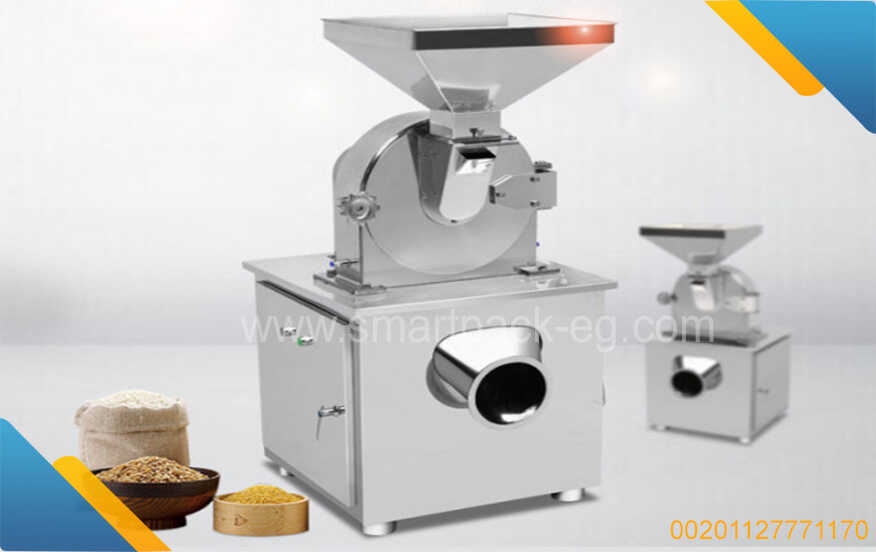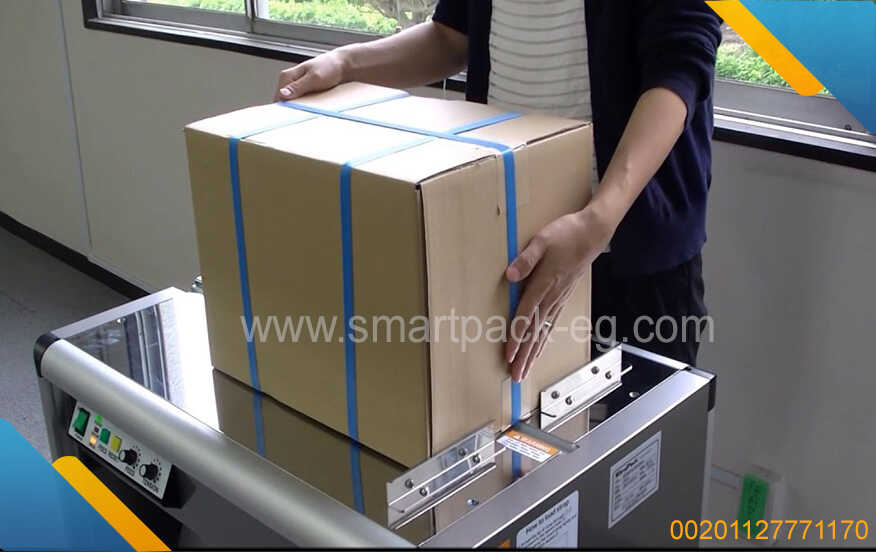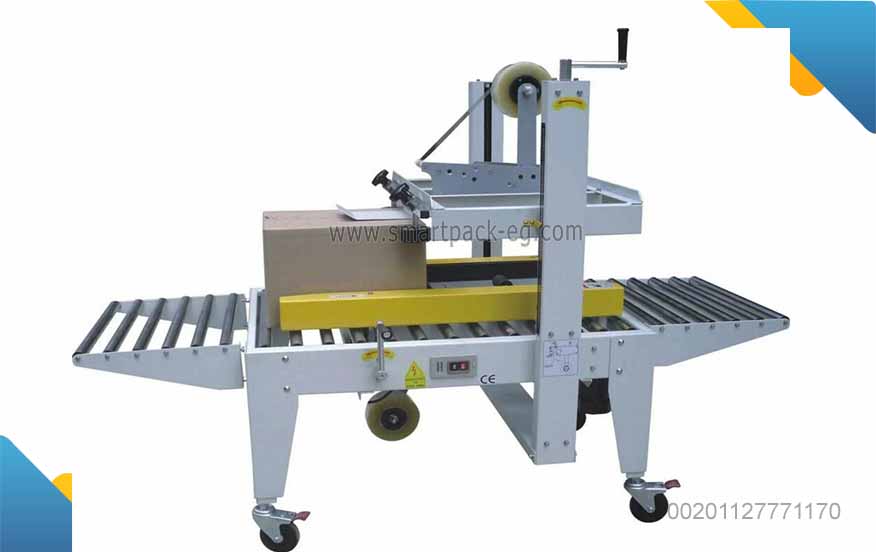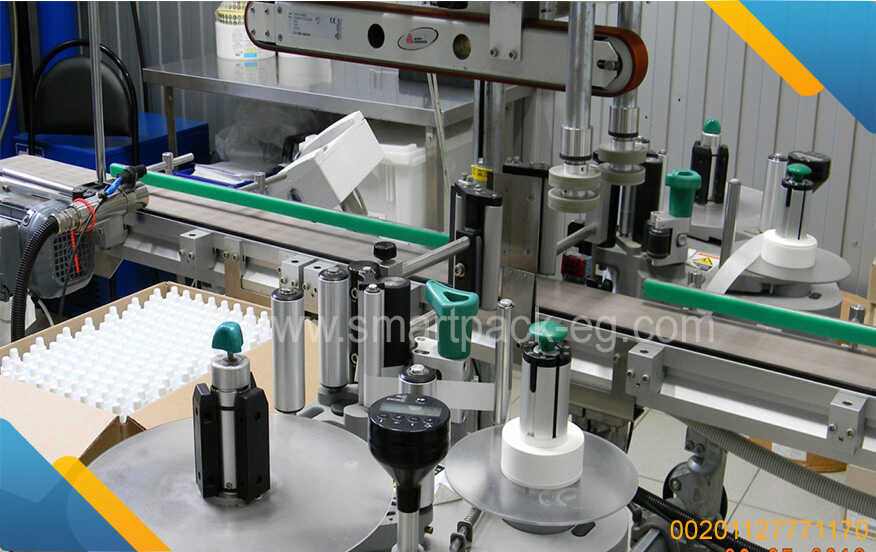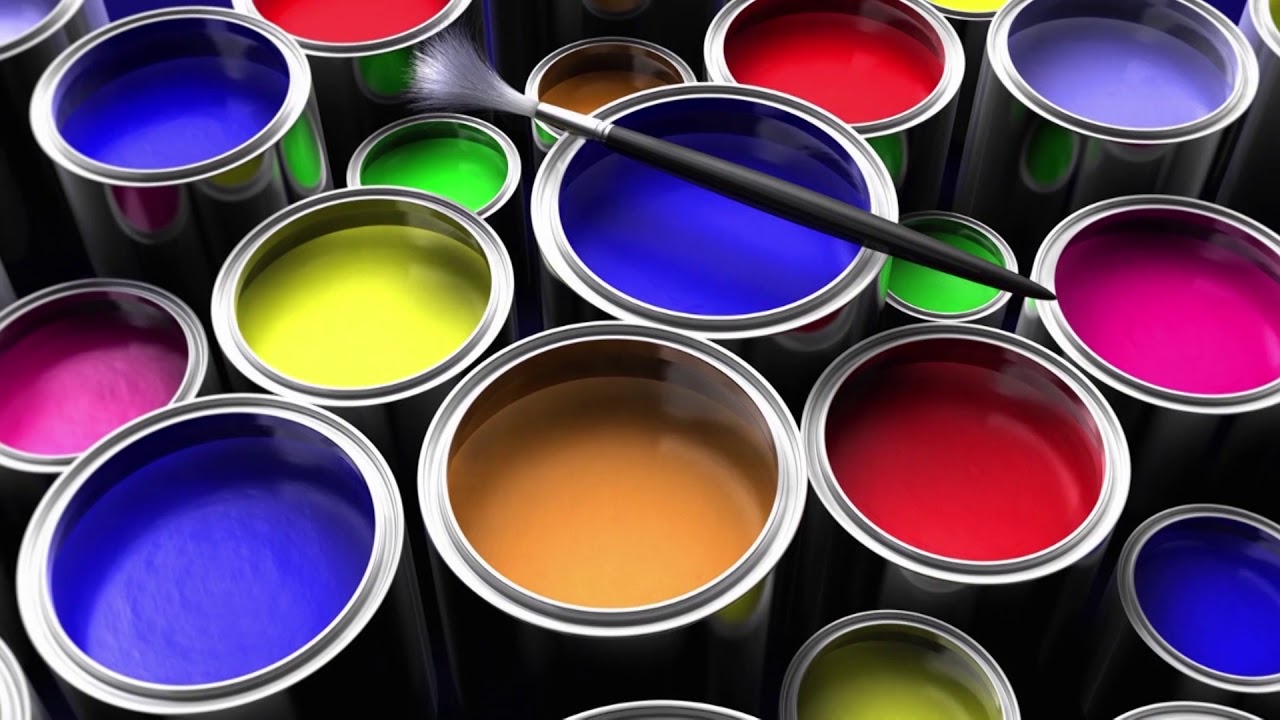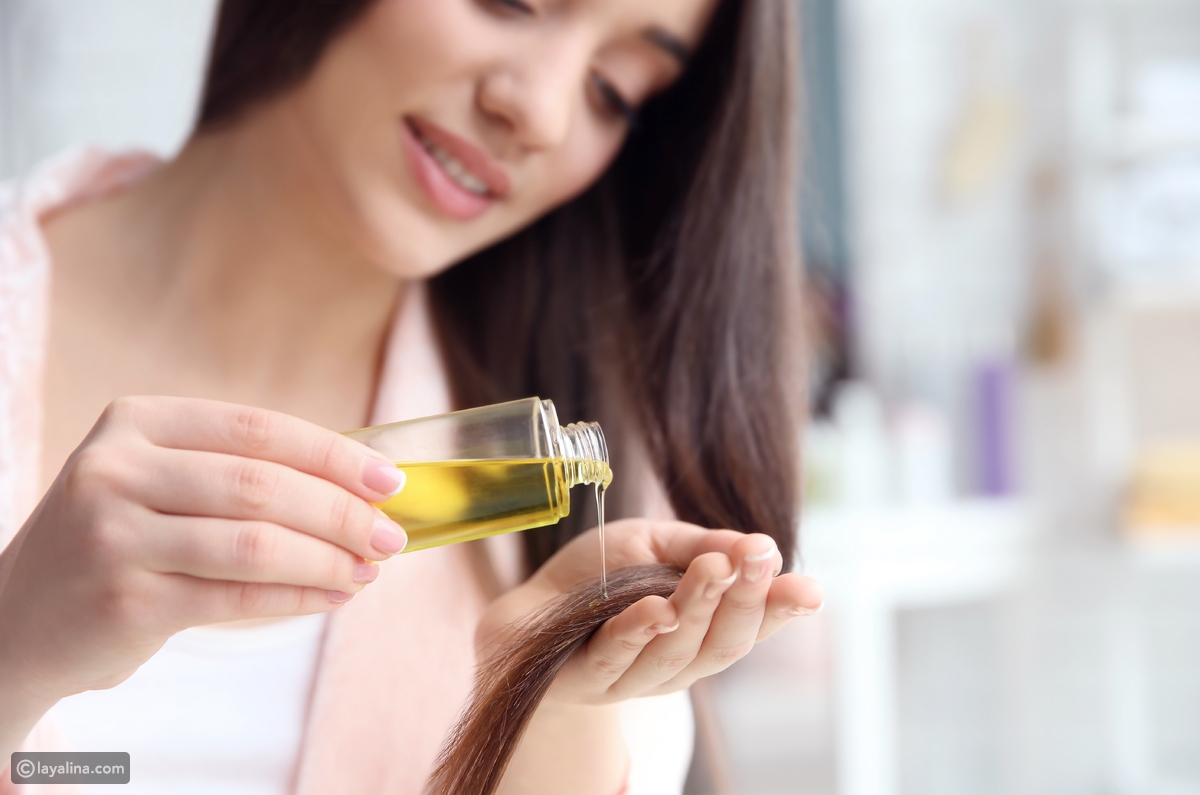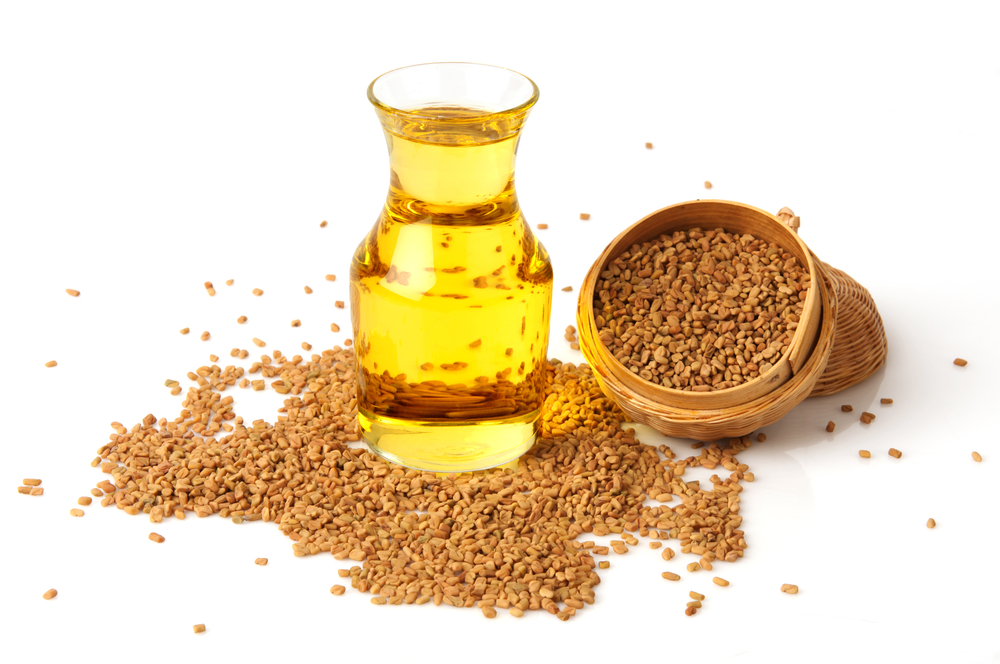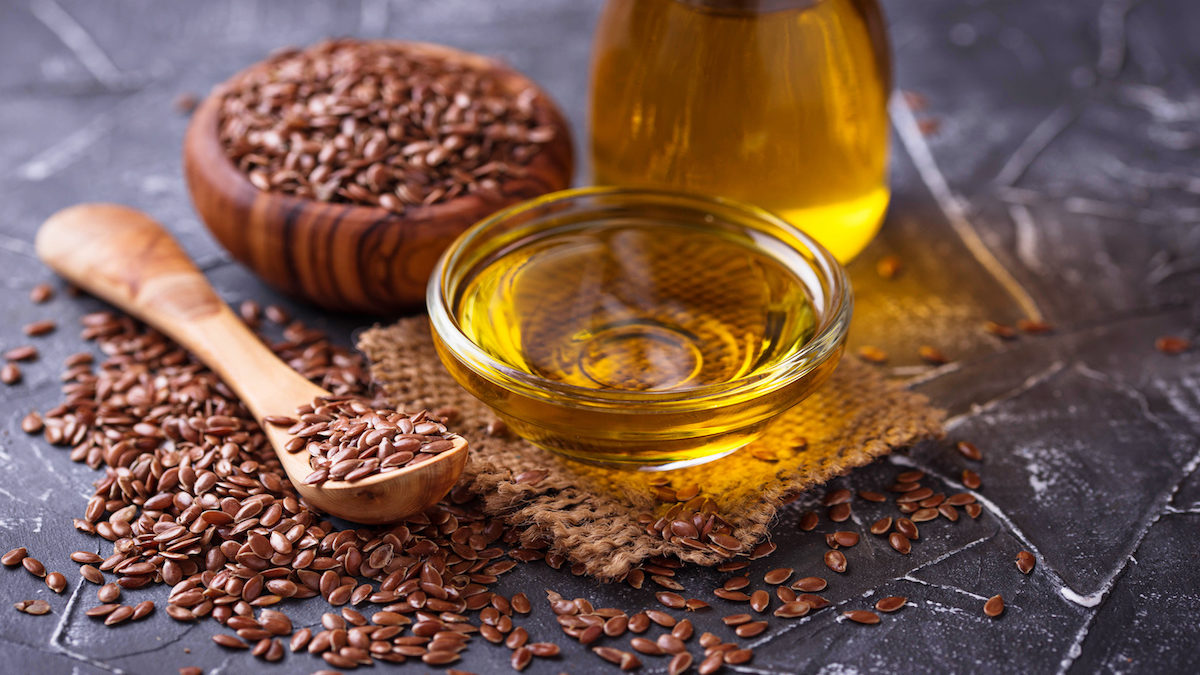How To Guide: Factory Machinery for the Production and Packaging of Hair Extension Oil
Hello! Today, I'm going to guide you through the process of setting up factory machinery for the production and packaging of hair extension oil. Hair extension oil is used to maintain and nourish hair extensions, providing essential nutrients for healthy and lustrous hair. Let's get started!
Step 1: Understanding the Types of Hair Extension Oil
Before diving into machinery selection, it's important to understand the different types of hair extension oil available in the market. There are primarily two types:
-
Natural Hair Extension Oil: This type of oil is made from natural ingredients such as essential oils, herbs, and plant extracts. It is highly preferred by customers who prioritize organic and chemical-free products.
-
Synthetic Hair Extension Oil: Synthetic hair extension oil contains artificial ingredients and is often more affordable compared to natural alternatives. It is popular among budget-conscious consumers.
Understanding the target market and consumer preferences will help you decide which type of hair extension oil to produce and package.
Step 2: Machinery Selection and Set-Up
Once you have decided on the type of hair extension oil you want to produce, it's time to choose the right machinery for the job. Here are the key machines you will need:
-
Mixing Machine: This machine is used for blending and emulsifying the oil ingredients. It ensures a uniform and consistent mixture while maintaining the quality of the product.
-
Filling Machine: A filling machine is essential for accurately measuring and filling the hair extension oil into bottles or containers. It can be manual, semi-automatic, or fully automatic, depending on your production volume and budget.
-
Labeling Machine: To give your hair extension oil a professional look, a labeling machine is required. It applies labels onto the bottles or containers, incorporating vital product information such as ingredients, usage instructions, and branding.
-
Packaging Machine: A packaging machine is used to seal the bottles or containers, ensuring that the product remains fresh and leak-proof during transportation. It can utilize different sealing methods, such as induction sealing or screw-on caps, depending on your packaging requirements.
Step 3: Quality Control and Safety Measures
Maintaining high-quality standards throughout the production process is crucial. Implementing quality control measures such as regular testing, inspection, and adherence to Good Manufacturing Practices (GMP) will ensure that your hair extension oil meets customer expectations.
Additionally, ensure the machinery is regularly maintained and serviced to avoid any breakdowns or safety issues. Train your staff on using the machinery safely and provide appropriate personal protective equipment (PPE) to prevent accidents.
Step 4: Scaling Up Production
As demand for your hair extension oil grows, you may need to consider scaling up your production. This can be achieved by increasing the capacity of existing machinery, adding new machinery, or outsourcing production to a contract manufacturer. Evaluate your options based on cost-effectiveness and maintaining product quality.
In conclusion, setting up factory machinery for the production and packaging of hair extension oil requires careful consideration of the type of oil, selection of suitable machinery, maintaining quality control, and ensuring the safety of your workforce. By following these steps, you'll be well on your way to producing and packaging high-quality hair extension oil to meet the needs of your customers. Good luck!



 Admin
Admin 